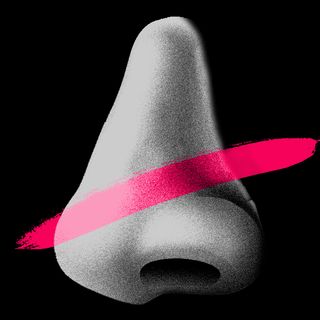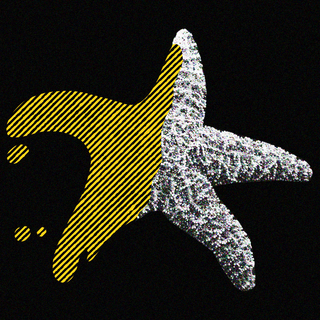Nearly 150 million years ago, a sauropod that roamed the Earth might have been brought down by a cough. Sauropods were long-necked herbivores. Fossilized evidence unearthed now show how the mighty fell — a seemingly indestructible creature catching an infection that affects the humble pigeon and other smaller, commonplace creatures today.
Paleontologists say that these bones are now the first evidence of respiratory infection in dinosaurs, and have nicknamed the creature “Dolly.”
Dolly the dinosaur may have even succumbed to this infection that was so severe that it left behind evidence of its existence in Dolly’s skeletal structure, discoverable hundreds of millions of years later. It all boiled down to strange “broccoli”-like outgrowths on the creature’s neck bones. These served as respiratory air sacs for the creature — now misshapen due to the severity of the infection that may have caused the air-sacs to become inflamed.
The fossil itself was discovered in 1990 near Montana, but lay unexamined in storage for a long time. “[T]hese pathologic structures in the vertebrae just absolutely popped out,” Cary Woodruff, author of the paper published in Scientific Reports, said.
“These new findings are literally helping to more accurately ‘flesh out’ dinosaurs and ‘brighten’ our views and reconstructions of them,” the authors noted.
Related on The Swaddle:
Malignant Bone Cancer Found in a Fossilized Dinosaur Bone
What’s remarkable about the finding is that it is an “avian-style” infection in a “non-avian” creature. “[I]t allows us increased insight into the medical disorders of dinosaurs from a phylogenetic perspective and understanding what maladies plagued the ‘fearfully great lizards’,” the paper states.
There are some hypotheses as to what microbe was responsible for the infection, and evidence from modern avian infection symptoms point to a fungal infection. The implications of this are stark: it means that fungal respiratory infections, or indeed, any respiratory infections, are ancient.
As ancestors of living birds today, the discovery links dinosaurs and birds in more ways than one. It shows that even 150 million years apart, they suffered from the same maladies — except in the case of dinosaurs, the discovery makes it one of the few known pieces of information about what dinosaur lives were like. “It’s remarkable to envision a dinosaur the size of a jetplane coughing and suffering with the same breathing infection as a pigeon or gull today,” Steve Brusatte, a palaeontologist from the University of Edinburgh, who was not involved in the study,told The Guardian.
“You can hold that fossil of Dolly in your hand and know that 150 million years ago, that dinosaur was feeling as crummy when it was sick as you do when you’re sick… I personally don’t know of any fossil I’ve interacted with where I’ve been able to empathize and feel for the animal as much,” Woodruff added.




